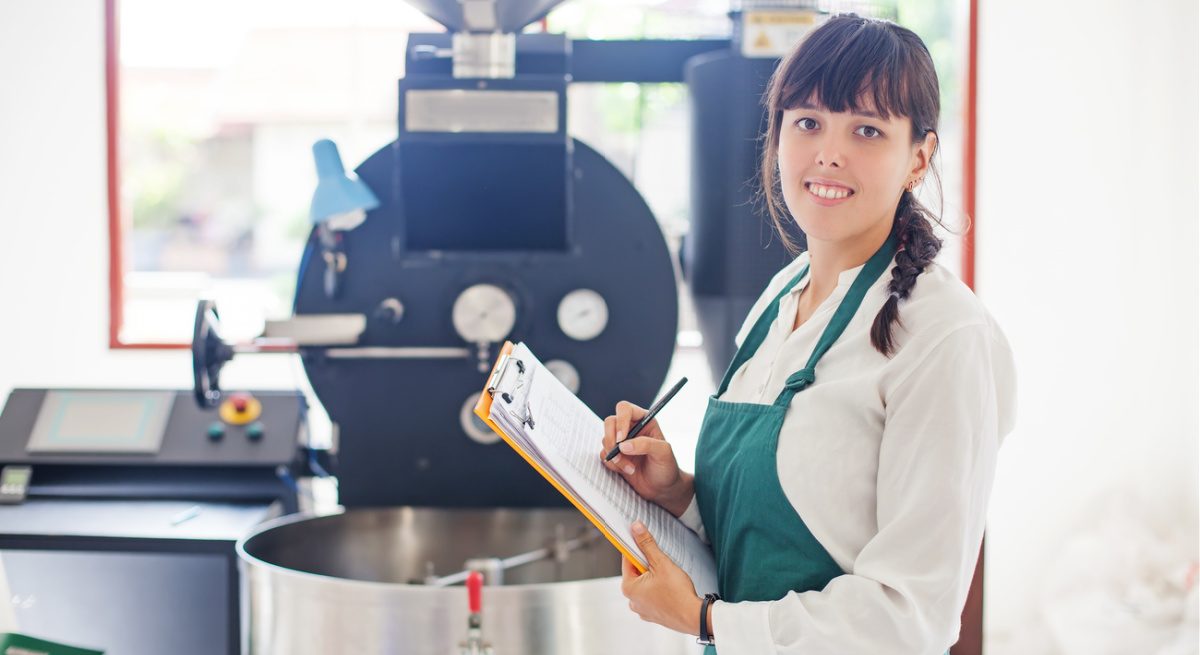Tips to Maximize Safety and Mitigate Risks During the Ongoing COVID-19 Pandemic
4 Min Read By Francine Shaw
There’s no denying that the restaurant industry has been one of the hardest hit due to the COVID-19 pandemic. Quarantines and stay-at-home orders meant that restaurants were unable to serve guests onsite for months. As restaurants have been gradually permitted to reopen, they have new regulations to follow, including restricted onsite capacity, strict cleaning and disinfecting protocols, social distancing rules, and mandatory use of personal protective equipment (PPE).
While these changes are overwhelming for many, the restaurant industry has rallied, adapting to our “new normal” and finding new ways to safely serve guests. Amid the ongoing pandemic, restaurants are expanding their curbside pickup, delivery, and outside dining options, while reconfiguring their tables to meet social distancing guidelines.
Most restaurants and food businesses have done a great job adjusting to the new COVID-19 protocols. They’re requiring PPE and social distancing, and elevating cleaning and disinfecting efforts. Their employees are washing their hands frequently and placing hand sanitizers around their establishment for employees and guests to use. They’ve eliminated shared condiment bottles, self-serve coffee stations, and salad bars. And they’ve implemented these new COVID-19 protocols in addition to the food safety procedures that were already in place.
In addition to the COVID protocols listed above, restaurants would be wise to implement the following to maximize safety and mitigate risks during the ongoing pandemic:
Demonstrate Your Commitment to Safety
Many consumers are still nervous about going out in public due to the fear of contracting this highly contagious virus. Demonstrate that you’re prioritizing safety and taking every possible precaution to prevent COVID-19. Customers should see employees cleaning and disinfecting regularly, including high-touchpoint areas like doorknobs, credit card touchpads, etc. They should see all employees and guests following proper social distancing guidelines and wearing face masks. They should see open doors and windows to maximize ventilation.
Offer constant reassurance – with words and actions – that you’re following health and safety guidelines. If customers don’t see safety protocols being conducted at your restaurant, they will go elsewhere.
Communicate with Customers and Employees
Communicate often – in person, through social media, during staff meetings, via signage, etc.– that you’re taking every precaution to keep employees, guests, and your community safe. Explain what you’re doing, whether that’s closing once a week for deep cleaning, offering contactless pick-up options, limiting capacity onsite, requiring face masks, etc. Emphasize that you’re following CDC guidelines, as well as regulations by your local jurisdictions. Reiterate that safety is your priority.
Develop Safer Ways to Serve Food
The way we serve food has changed, as we must limit contact as much as possible. For instance, it’s not currently considered safe to offer buffets, salad bars, self-serve coffee, or “family style dining” due to the possibility of coronavirus transmission via shared serving utensils and contact surfaces, or due to close proximity to others.
Restaurants should provide single-use condiment packets vs. shared bottles. Serve individual meals vs. “family style” shared platters. Offer single servings of pre-packed options rather than a salad bar. Eliminate self-serve coffee stations to avoid having multiple people touching the coffee pot. Don’t serve candy, pretzels, nuts, or other snacks in shared bowls (such as at the bar or hostess stand.)
Update Your Crisis Plan
COVID-19 reinforced the need for clear, concise crisis management plans to guide us during difficult situations. While the specific messaging will depend on the particulars of the crisis, you can (and should) develop a general plan and keep it readily available to all employees. Ideally, your plan should identify the crisis team (person in charge, spokesperson, legal representative, etc.) and emergency personnel (e.g., police, fire, ambulance, local health department, poison control, etc.) with all contact information compiled.
Prioritize Training
Conduct regular, ongoing food safety training to reiterate the importance of the new COVID-19 protocols on top of other food safety initiatives. Educate every employee about food safety rules and COVID-19 protocols. Make safety rules non-negotiable. Explain why these protocols are so important to secure employee compliance. Take immediate corrective actions if employees aren’t following protocols. This is not a “one and done” effort, so provide ongoing reminders via onsite signage, email, texts, pre-shift meetings, and “refresher” training sessions.
Switch from Manual to Digital Systems
Now is the time to implement self-audits and assessments to ensure compliance around safety and quality initiatives. The first step to doing this successfully is transitioning from antiquated pen-and-paper systems to digital systems to monitor important quality and safety initiatives. Manual systems have numerous (and serious) downsides. It’s impossible to get real-time data across a business, human errors are common, paperwork gets lost, etc.
Digital tools and software solutions provide a broader, more accurate, more holistic, real-time view, whether you have one restaurant or a chain. Tech tools can instantly, accurately provide integrated data about various safety and quality initiatives, allowing you to easily identify (and fix) problems before they become huge liabilities. And today’s digital tools and software solutions are affordable, accessible, and easy to use.
Limit Crowds
With restaurants operating at reduced capacity, there may be increased demand for your limited tables, especially during peak hours like Saturday dinner service. Set up outdoor, socially distanced waiting areas. If feasible, put up a tent or other covering to protect guests during inclement weather. Don’t allow large crowds to congregate at the indoor bar. If you have a rush on takeout orders, don’t let crowds of customers gather in your lobby waiting for their meals. Designate a pick-up window, require guests to wait in a socially distanced line for their orders, or have employees run orders out to guests’ cars.
Now that we’re many months into the pandemic, it’s clear that COVID-19 is more than just a short-term inconvenience; it’s a long-term problem. During a time that seems frustrating and overwhelming, focus on what you can control. Take actionable steps to help protect your employees, guests, and business. Prioritize safety and follow proper protocols to mitigate risks and maximize safety. Remember: we’re all in this together, and we’ll get through it together.


